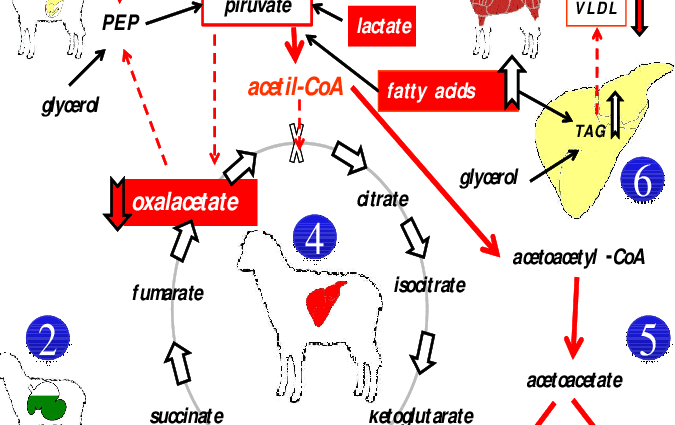Contents
Pregnancy toxemia
What is it ?
Pregnancy toxemia is a disease affecting pregnant women. This pathology is also called preeclampsia. It concerns pregnant women in their second half of pregnancy, either approximately after 20 weeks of pregnancy, or just after childbirth.
The primary signs of preeclampsia are:
– arterial hypertension;
– proteinuria (presence of proteins in the urine).
These first significant signs are not noticeable in the daily life of the person but are noticed during the prenatal follow-up.
In some cases, other symptoms can develop and be synonymous with toxemia. It’s about :
– swelling in the feet, ankles, face and hands, caused by fluid retention;
– headaches;
– eye problems;
– pain in the ribs.
Although many cases are mild, these primary symptoms can also lead to more serious consequences, both for the child and for the mother. In this sense, the sooner preeclampsia is diagnosed and managed, the better the prognosis will be.
This pathology affects nearly 6% of pregnant women and 1 to 2% of cases include severe forms.
Certain factors come into play in the development of the disease, such as:
– the presence of diabetes, hypertension or renal pathologies before pregnancy;
– the presence of lupus (chronic autoimmune disease) or antiphospholipid syndrome.
Finally, other personal factors can also condition the development of toxemia, such as: (3)
– family history;
– be over 40 years old;
– have already experienced a pregnancy 10 years apart;
– have a multiple pregnancy (twins, triplets, etc.);
– have a body mass index (BMI) greater than 35.
Symptoms
In most cases, patients directly notice the development of the disease. Only the following clinical manifestations can be signs of the development of toxemia:
– persistent headaches;
– abnormal swelling in the hands and head;
– sudden weight gain;
– eye deficiencies.
Only medical examinations can highlight the disease. Thus, a blood pressure of 140/90 and above can be significant for the development of the pathology. In addition, blood and urine tests can testify to the possible presence of proteins, liver enzymes and an abnormally high level of platelets.
Further tests on the fetus are then performed to check for normal growth of the fetus.
The general symptoms of toxemia are defined through:
– swelling in the hands, face and eyes (edema);
– sudden weight gain over 1 or 2 days.
Other symptoms are characteristic of a more severe form of the disease, such as: (2)
– severe and persistent headaches;
– breathing problems;
– abdominal pain on the right side, at the ribs;
– a decrease in urine output (less common urinary urges);
– nausea and vomiting;
– eye deficiencies.
The origins of the disease
A single origin of the disease cannot be associated with the cause. Different factors are involved in the development of toxemia. Among these, we note:
– genetic factors;
– the subject’s diet;
– vascular problems;
– autoimmune anomalies / pathologies.
There is no action to avoid these conditions. However, the earlier the diagnosis is made by the doctor, the better the prognosis for the meter and for the child. (1)
Risk factors
Certain factors are associated with an increased risk of developing the disease. It’s about :
– multiple pregnancy;
– be over 35-40 years old;
– to be pregnant at the beginning of adolescence;
– a first pregnancy;
– have a BMI greater than 35;
– have arterial hypertension;
– have diabetes;
– have kidney problems.
Prevention and treatment
Certain factors are associated with an increased risk of developing the disease. It’s about :
– multiple pregnancy;
– be over 35-40 years old;
– to be pregnant at the beginning of adolescence;
– a first pregnancy;
– have a BMI greater than 35;
– have arterial hypertension;
– have diabetes;
– have kidney problems.










